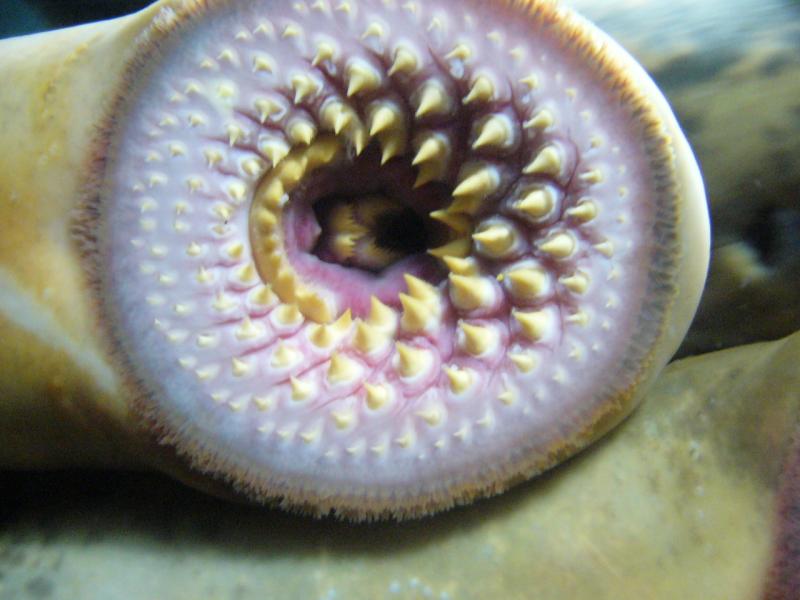- Series:Animals, Transcript English
Genesis 1:20a
And God said, Let the waters bring forth abundantly the moving creature that hath life.
Lampreys are very odd creatures. They are fish, and hence are vertebrates. However, they have no jaw, so many species of lamprey are parasitic, burrowing into the flesh of other fish, with their toothed, tunnel-like mouths, in order to suck their blood. A recent article on the Science Daily website said this about them:
While many would be repulsed by these creatures, lamprey are exciting to biologists because they are so primitive, retaining many characteristics similar to their ancient ancestors and thus offering answers to some of life’s biggest evolutionary questions.

As creationists, we have no problem with accurate and careful observational and experimental science. However, what we see, in the reporting of this research, is the desire to interpret all results according to evolutionary and deep-time narratives, although such re-interpretation is not required by the evidence.
Prayer:
Lord God, Your control over Your creation is such that you found pennies in the mouth of a fish to pay tax! Thank You, Lord, that You have made everything well, and that nothing has happened by chance. Amen.
Notes:
California Institute of Technology. “Parasitic fish offer evolutionary insights: Vertebrates once might have relied on a different mechanism for developing neurons in the gut.” ScienceDaily. ScienceDaily, 20 March 2017. . Gess, R.W., Coates, M.I. and Rubidge, B.S., A lamprey from the Devonian period of South Africa, Nature 443:981–984, 2006. Image: The mouth of a lamprey, Drow Male, license: Creative Commons Attribution Share-Alike 3.0 Unported.
